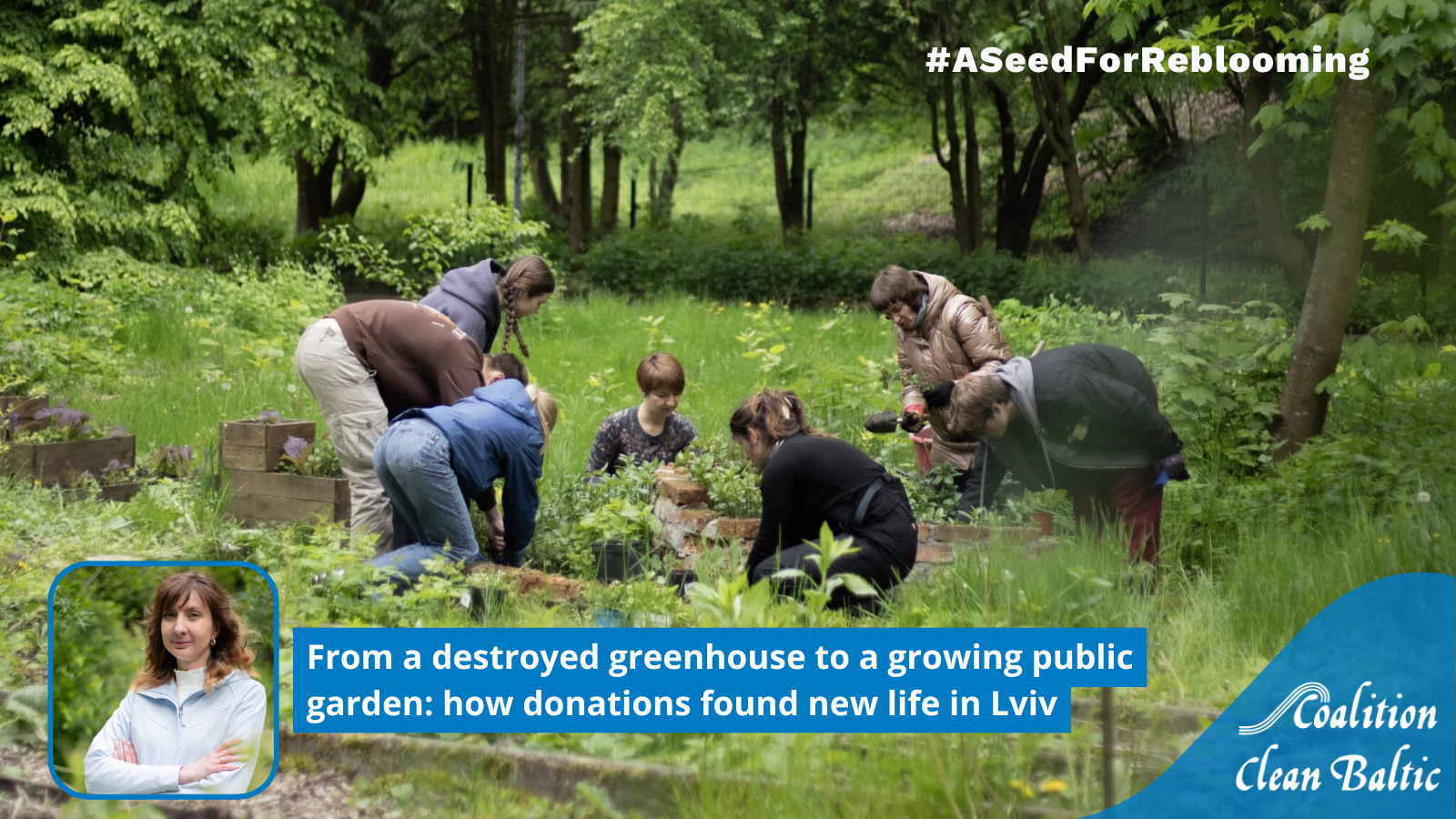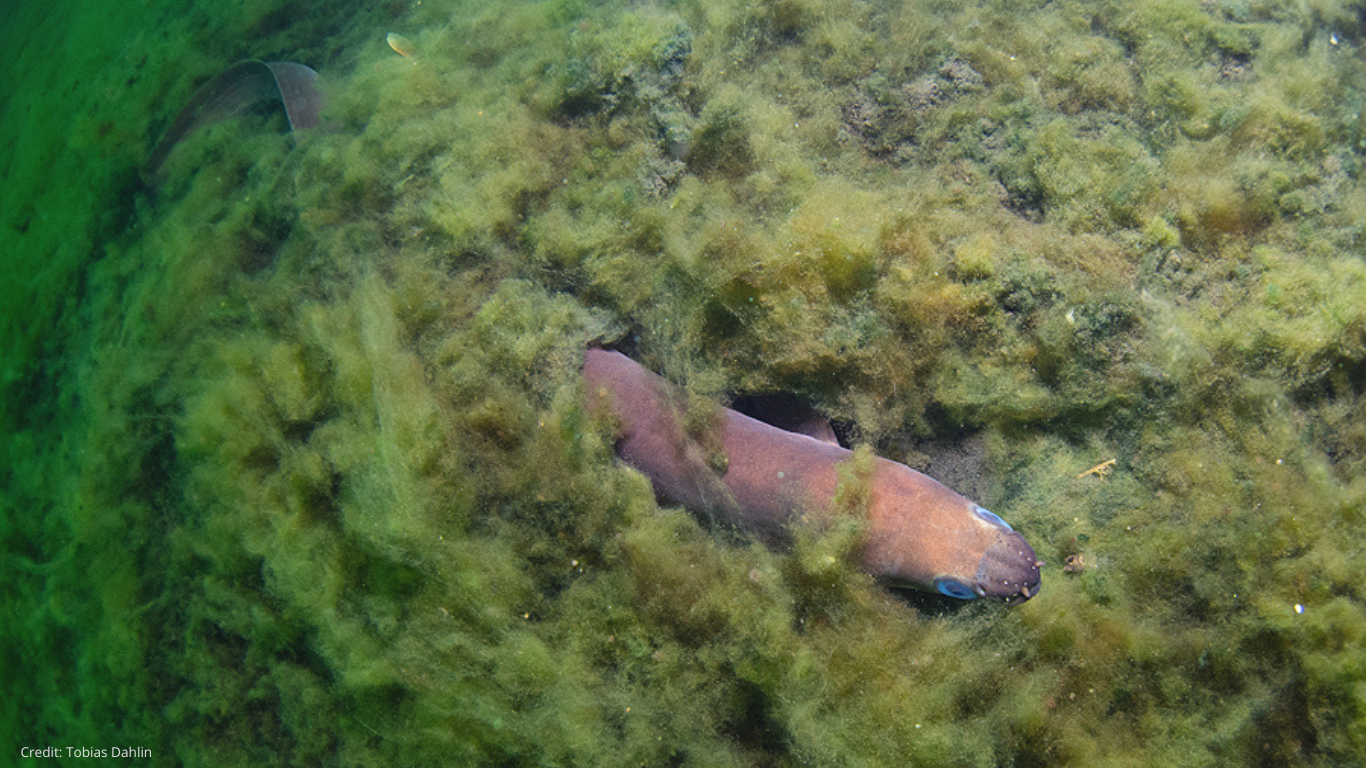Bycatch of critically endangered Baltic Sea harbour porpoise must stop
May 2021 – The Baltic Sea harbour porpoise is facing extinction. Only a few hundred animals are left, and under continued threat from bycatch, environmental contaminants, prey depletion and disturbance from underwater noise. Today, on the International Day of the Baltic harbour porpoise, Coalition Clean Baltic (CCB) and WWF urge Baltic Member States to uphold their legal obligation to protect the Baltic porpoises, in particular from bycatch, which is recognized as the greatest cause of their mortality in the Baltic Sea.
Even a single death could have a devastating impact on the ability of the population to recover, or even stabilize. Therefore, in order to prevent this critically endangered population from going extinct, bycatch must be reduced – ideally to zero.
Mitigation measures can be put in place and the legal requirements to implement them exist through EU legislation. The Natura 2000 network of the Birds and Habitats Directives is the cornerstone of the EU’s efforts to protect biodiversity and threatened species, but Marine Protected Areas (MPAs) designated for Baltic Sea harbour porpoise must be effectively managed to achieve their objective to truly preserve these animals. Moreover, the EU Technical Measures Regulation should be implemented to protect the species from getting caught in fishing nets within the species range. Why are Member States so slow to act? Why are the ambitions set so low?
The ongoing process on measures to prevent bycatch of the Baltic Sea harbour porpoise, taking place in the Baltic Sea Member States regional group – BALTFISH, is our chance to save this cetacean population. In addition, the current revision of the EU fisheries control regulation is an opportunity for decision makers to address the bycatch of sensitive species, by introducing Remote Electronic Monitoring (REM) on vessels, to gather currently lacking data on bycatch instances.
“ A failure to act on the scientific measures that can safeguard the Baltic Sea harbour porpoise and to use the legal frameworks already in place is risking the survival of this population. Effective management measures in the range of this cetacean population is the only opportunity we have for its recovery in the Baltic.
”
Ottilia Thoreson, Programme Director, WWF Baltic Ecoregion Programme.
WWF and CCB’s recommendations for Baltic Sea fisheries ministers and BALTFISH are in line with the International Council for the Exploration of the Seas (ICES) [1] advice, which recommends taking the following actions:
- Follow the scientific advice on emergency measures to prevent bycatch of Baltic Proper harbour porpoise issued by ICES in May 2020 at the request of the European Commission.
- Implement spatial-temporal closures for fishing with static nets within harbour porpoise Marine Protected Areas (MPAs).
- Use Acoustic Deterrent Devices (ADDs)/pingers on static nets (trammelnet, gillnet, and semi- driftnet) in the rest of the population distribution range.
In addition, we suggest to secure funding from sources such as European Maritime and Fisheries Fund (EMFF) to test alternatives to gillnets and to compensate where fishing with gillnets overlaps with harbour porpoise habitats and natural range.
Urgent action can still prevent the extinction of the Baltic Sea harbour porpoise. Safeguarding this critically endangered population is every Baltic coastal country’s legal and moral duty.
Notes to editors:
CCB – Coalition Clean Baltic
is a politically independent, non-profit association, which unites 23 member organizations and 1 observer, with over 850,000 members in all countries around the Baltic Sea. The main goal of CCB is to promote the protection and improvement of the Baltic Sea
environment and its natural resources. More info at www.ccb.se.
WWF Baltic Ecoregion Programme
– is an ambitious and highly influential force working to conserve and restore the health of the Baltic Sea. The programme is comprised of WWF and NGO partners in
each of the nine coastal Baltic Sea countries. Representing the region’s largest membership network, the programme’s approach has been to work with public and private sector partners toward
ensuring a healthy, productive Baltic Sea through sustainable, ecosystem-based management. More info at: https://www.wwfbaltic.org/
Additional information about Baltic Proper harbour porpoise conservation
The harbour porpoise is listed in Annex II and Annex IV of the Habitats Directive (Council Directive 92/43/EEC). Annex II stipulates that EU Member States shall designate areas of the harbour porpoise’s habitat as Natura 2000 sites and under Annex IV Member States are required to establish a system of strict protection throughout the natural range of the species. The protection measures shall encompass, for example, a prohibition of all forms of deliberate killing in the wild, deterioration or destruction of breeding sites, and deliberate disturbance, particularly during breeding, rearing and migration.
The Court of Justice of the European Union (CJEU) has defined “deliberate” as acceptance of the possibility of the disturbance, capture or killing of a specimen belonging to a protected animal species. The measures on cetacean bycatch in the ‘Technical Measures’(Regulation 2019/1241) regulation are the minimum expected from Member States to comply with the obligation under the Habitats Directive (Article 12) in relation to cetaceans, however, implementation is lacking here too. The failure of the Member States to adopt a system of strict protection for the Baltic harbour porpoise and lack of compliance with bycatch monitoring obligations is currently risking the survival of this population. Researchers say that bycatch beyond 0.7 animals per year is unsustainable.
We are aware that fishing restrictions with static nets in Natura 2000 areas may be regionally opposed by fishermen. At the same time, we are convinced that none of the fishermen want to contribute to the death of porpoises. In such situations, where large fishing effort using static nets overlaps with harbour porpoise occurrence, we suggest some form of compensation for the fishing restrictions. Moreover, funding has to be provided for programmes and projects aiming at developing and testing alternative gear which potentially can replace gillnets. The European Maritime and Fisheries Fund (EMFF) is a potential funding source for such programmes. For more effective implementation of ADDs in Baltic Proper gillnet fisheries, we suggest the EMFF and other similar funds can provide the funding to equip fishermen with ADDs.



